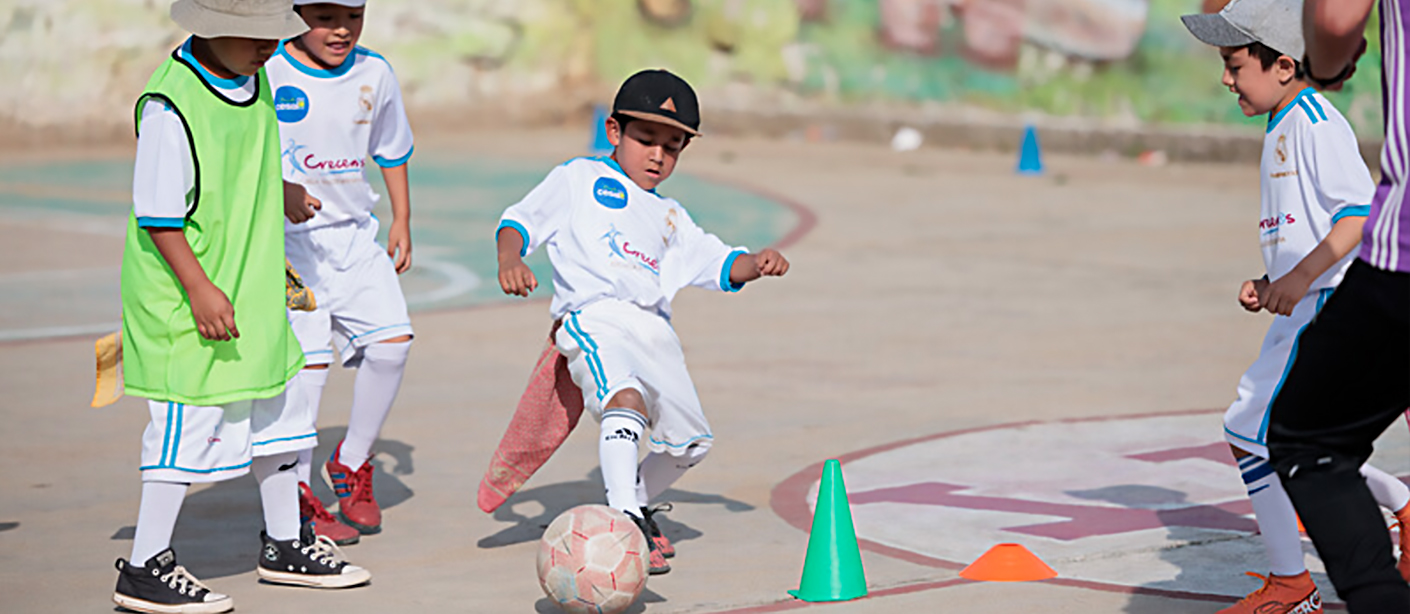Here's what to be aware of and the nutritional needs they'll have during this period.
Adolescent Growth and Development
Growth spurts and changes due to puberty are common during adolescence, but periods of growth are usually erratic. Your child may grow several inches in several months, followed by a period of slow growth. Each child is different, so it can be hard to predict when they may experience a growth spurt.
The same goes for puberty and signs of maturation. Girls and boys evolve at different ages.
The beginning of menstruation is a significant adolescent milestone for many young women. This can occur around 12 years of age, although each child is different. Growth spurts for girls usually occur between the ages of 11 and 16.
Growth spurts for boys can range between the ages of 13 and 18, but sometimes final height is not reached until their early 20s.
Nutrition During an Adolescent's Growth Spurt
It may come as no surprise that growth spurts are accompanied by an increase in appetite and higher nutrient requirements. Your child is growing, and their first inclination may be to reach for junk food, but it's important to eat a well-balanced diet throughout the adolescent years.
Specifically, adolescents need protein for muscle growth and key nutrients for bone building like calcium, vitamin D, magnesium, phosphorus and vitamin K. It's also crucial that teenagers take in enough calories to match their nutrient needs, especially if they happen to play sports.
Calorie requirements for adolescent males and females vary widely from 1600 to 3000 calories per day, depending on their activity levels. Dietary recommendations suggest that 50% or more of total daily calories should come from carbohydrates, with a limited amount of added sugars.
Protein requirements vary between 10 and 30% of their daily calories. The recommended dietary allowance (RDA) for protein is 46 grams for teenage girls and 52 grams for teenage boys per day. Although teens typically get more than enough fat in their diet via fast food choices or unhealthy snacks, it’s important to reinforce healthy swaps for fat like avocado, nuts, nut butters, and whole eggs because fat is important for the absorption of some essential nutrients like vitamin D, vitamin E and vitamin K. .
During this time of significant growth and high nutrient needs, it's important for your teen to eat a well-balanced diet with plenty of lean protein, like poultry, eggs, fish, soy, beans and legumes, as well as calcium and vitamin D, like dairy, leafy greens and fatty fish like salmon.
Growth spurts are fueled by a delicate interplay of hormones, genetics, and nutrition. While we can’t control genetics and hormones, we can influence nutrition. It's important to make sure that your child's intake of calories, protein, vitamins, and minerals supports healthy growth.




Social Share